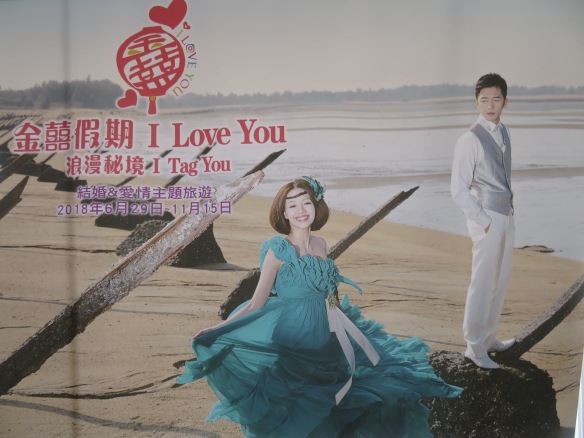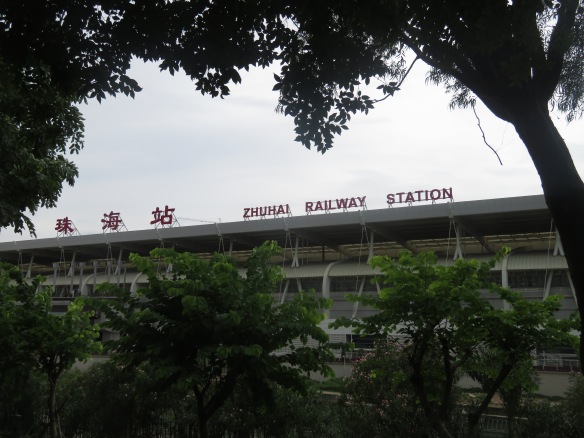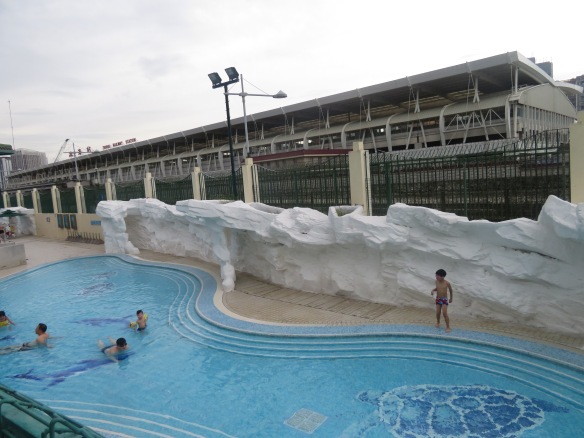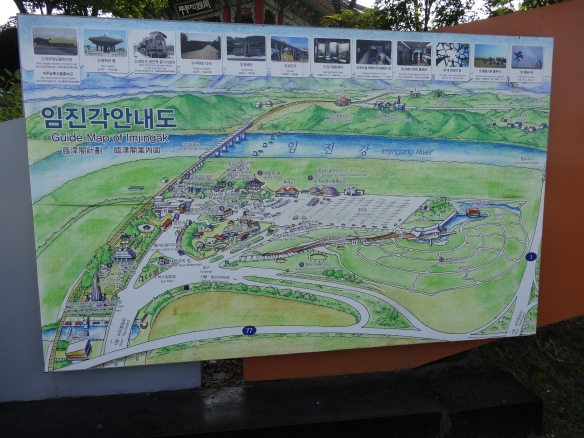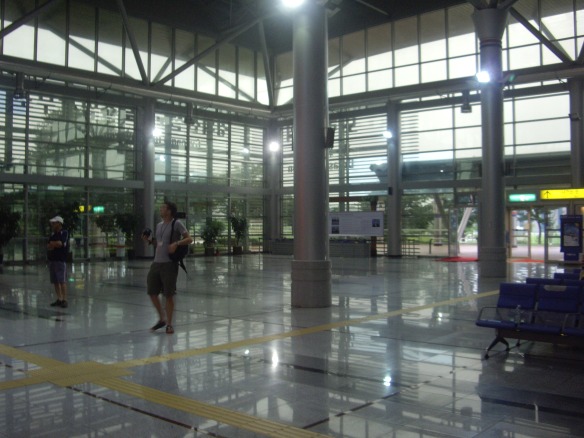L’offre de films est riche sur les frontières en ce moment: pas moins de trois films sont à l’affiche!
Cette semaine est sorti Fortuna de Germinal Roaux, un film relatant l’arrivée en Suisse d’une jeune Ethiopienne dans un monastère après sa traversée de la Méditerranée.
Voir la présentation:
http://www.allocine.fr/video/player_gen_cmedia=19578743&cfilm=262888.html
Seul le cinéma Le Brady le propose désormais à raison d’une séance hebdomadaire le week-end, mais le film coréen JSA (Joint Security Area) est particulièrement intéressant pour qui s’intéresse à la zone démilitarisée entre les deux Corées.
Voir la bande-annonce:
http://www.allocine.fr/video/player_gen_cmedia=19379760&cfilm=35946.html

Carte de la Corée réunifiée à Imjingak
Ce mercredi, sort Libre, un film de Michel Toesca qui pose la question de l’accueil des réfugiés/migrants en France. Le 6 juillet dernier, le Conseil constitutionnel a réaffirmé “le principe de fraternité de la liberté d’aider autrui” après que Cédric Herrou (présent dans le film) l’eût saisi.
Voir la bande-annonce: http://www.allocine.fr/film/fichefilm_gen_cfilm=264020.html
